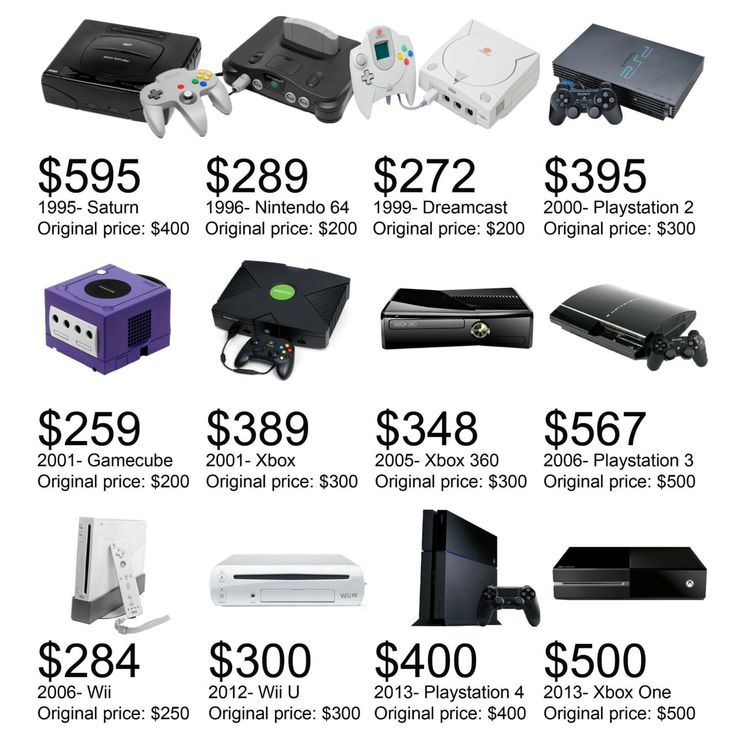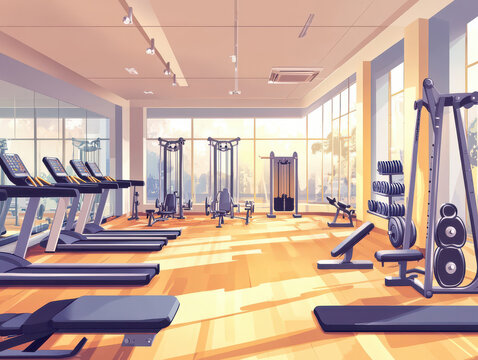
Functional fitness focuses on exercises that mimic real-life movements, improving strength, balance, coordination, and flexibility. The beauty of functional fitness is that you don’t need fancy equipment or a gym membership. With just a few essential moves, you can start building a strong foundation right at home.
What Is Functional Fitness?
Functional fitness trains your body to handle everyday tasks more efficiently. From lifting groceries to climbing stairs, these exercises target multiple muscle groups, enhancing your overall physical performance and reducing the risk of injury.
Benefits of Functional Fitness
Improves Balance and Stability: Enhances core strength, reducing falls and injuries.
Builds Real-Life Strength: Prepares your body for daily activities like bending, reaching, and carrying.
Boosts Flexibility and Mobility: Increases your range of motion for more fluid movements.
Accessible for All Fitness Levels: Can be tailored to beginners or advanced athlete.
How to Start Functional Fitness at Home
1. Warm-Up (5 Minutes)

Begin with light cardio, like jogging in place, jumping jacks, or dynamic stretches, to prepare your muscles and joints for movement.
2. Essential Functional Fitness Exercises
a. Bodyweight Squats (3 Sets of 12 Reps)
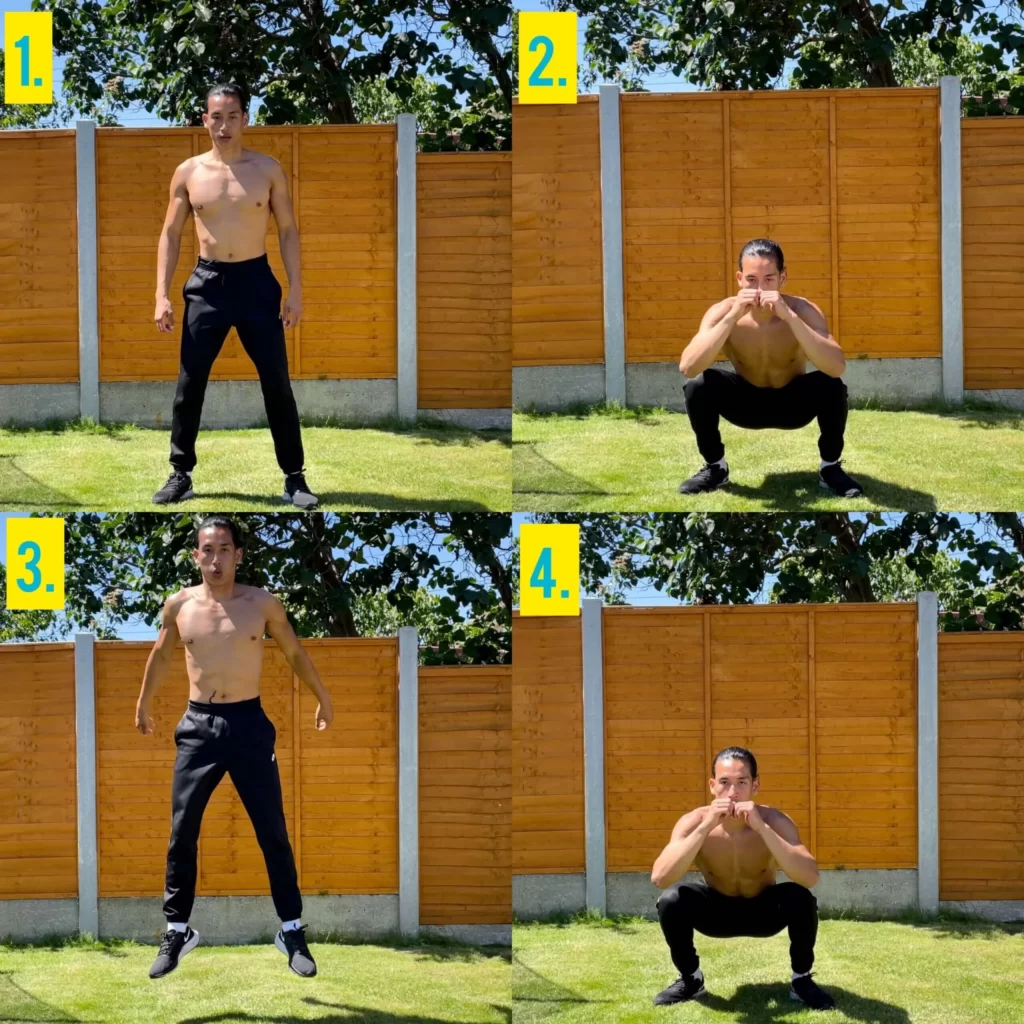
How to do it:
- Stand with feet shoulder-width apart.
- Lower your hips as if sitting in a chair, keeping your chest lifted.
- Push through your heels to return to standing.
Benefits: Strengthens legs, hips, and core for activities like sitting and standing.
b. Push-Ups (3 Sets of 10 Reps)
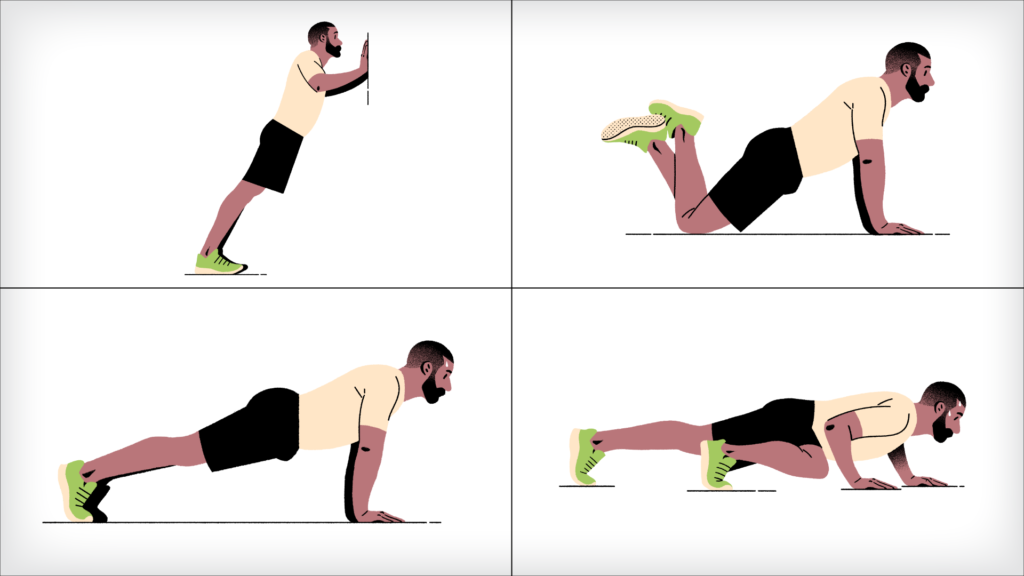
How to do it:
- Start in a plank position with your hands under your shoulders.
- Lower your chest to the floor, keeping your body straight.
- Push back up to the starting position.
Benefits: Improves upper body strength for tasks like pushing and lifting.
c. Plank to Side Plank (2 Sets of 30 Seconds Each Side)

How to do it:
- Begin in a forearm plank position.
- Shift your weight onto one arm and rotate your body to a side plank.
- Return to the plank and repeat on the other side.
Benefits: Builds core stability and enhances balance.
d. Step-Ups (3 Sets of 10 Reps Per Leg)

How to do it:
- Use a sturdy chair or step.
- Step one foot onto the surface and push through your heel to stand up.
- Lower back down and alternate legs.
Benefits: Strengthens legs and improves coordination for climbing stairs or stepping up.
e. Deadbugs (2 Sets of 10 Reps)
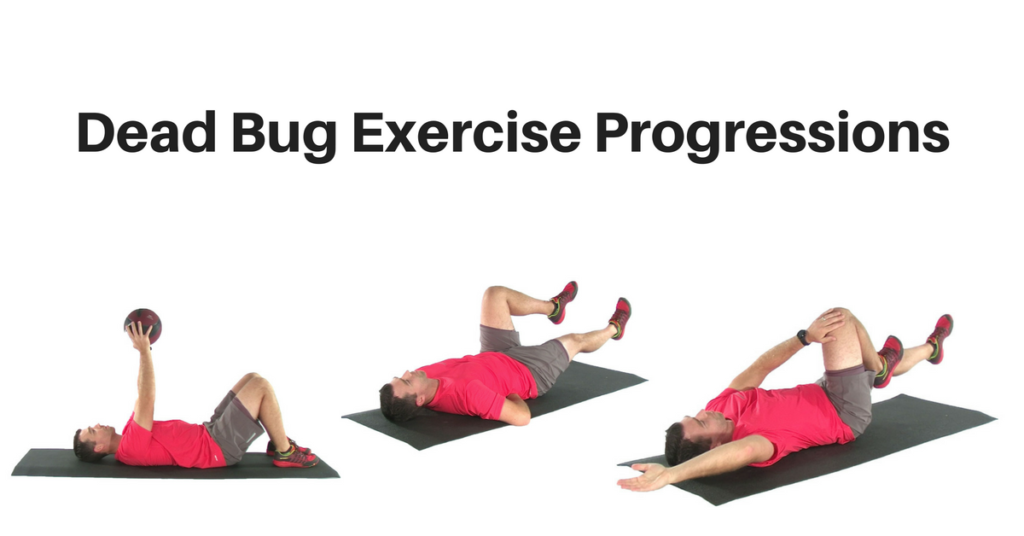
How to do it:
- Lie on your back with arms pointing to the ceiling and knees bent at 90 degrees.
- Lower one arm and the opposite leg toward the floor, keeping your core engaged.
- Return to the starting position and switch sides.
Benefits: Strengthens the core and improves coordination.
3. Cool-Down (5 Minutes)

Stretch major muscle groups to improve flexibility and reduce soreness. Include stretches like the child’s pose, hamstring stretch, and shoulder rolls.
Tips for Success
- Start Slow: Focus on form rather than speed or weight.
- Use Household Items: Water bottles or backpacks can serve as weights.
- Stay Consistent: Aim for 2-3 sessions per week, gradually increasing intensity.
- Mix It Up: Add new exercises to keep your routine engaging.
- Track Progress: Note improvements in strength, balance, or how easily you perform daily tasks.
Functional fitness is more than just exercise; it’s about enhancing the quality of your daily life. By incorporating these simple yet effective movements into your routine, you’ll build a stronger, more resilient body—all from the comfort of your home!
